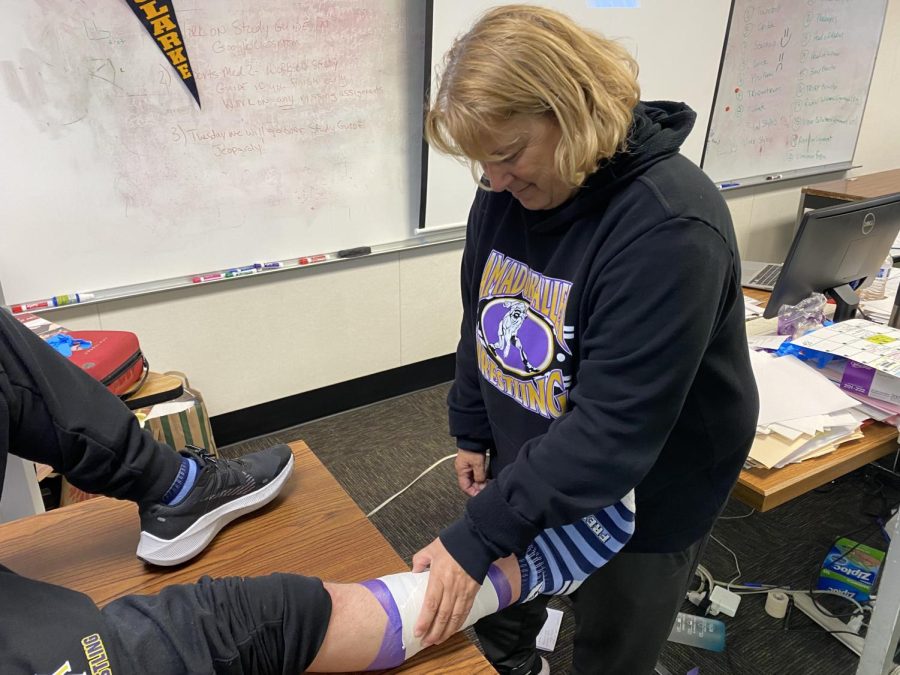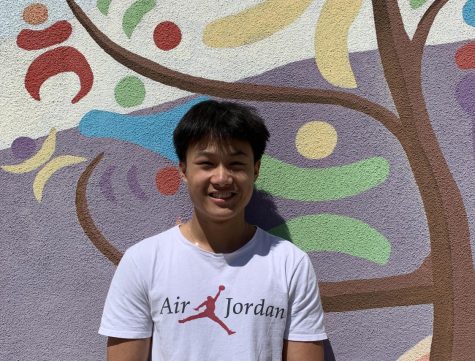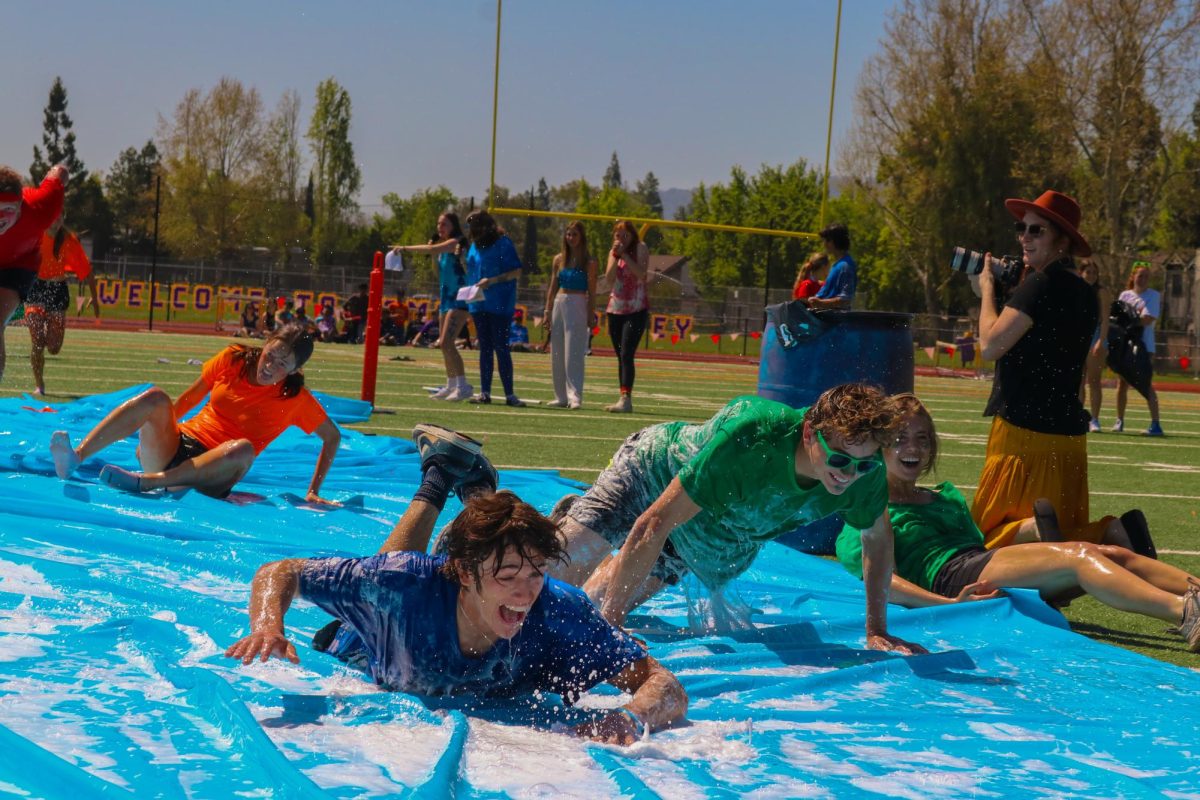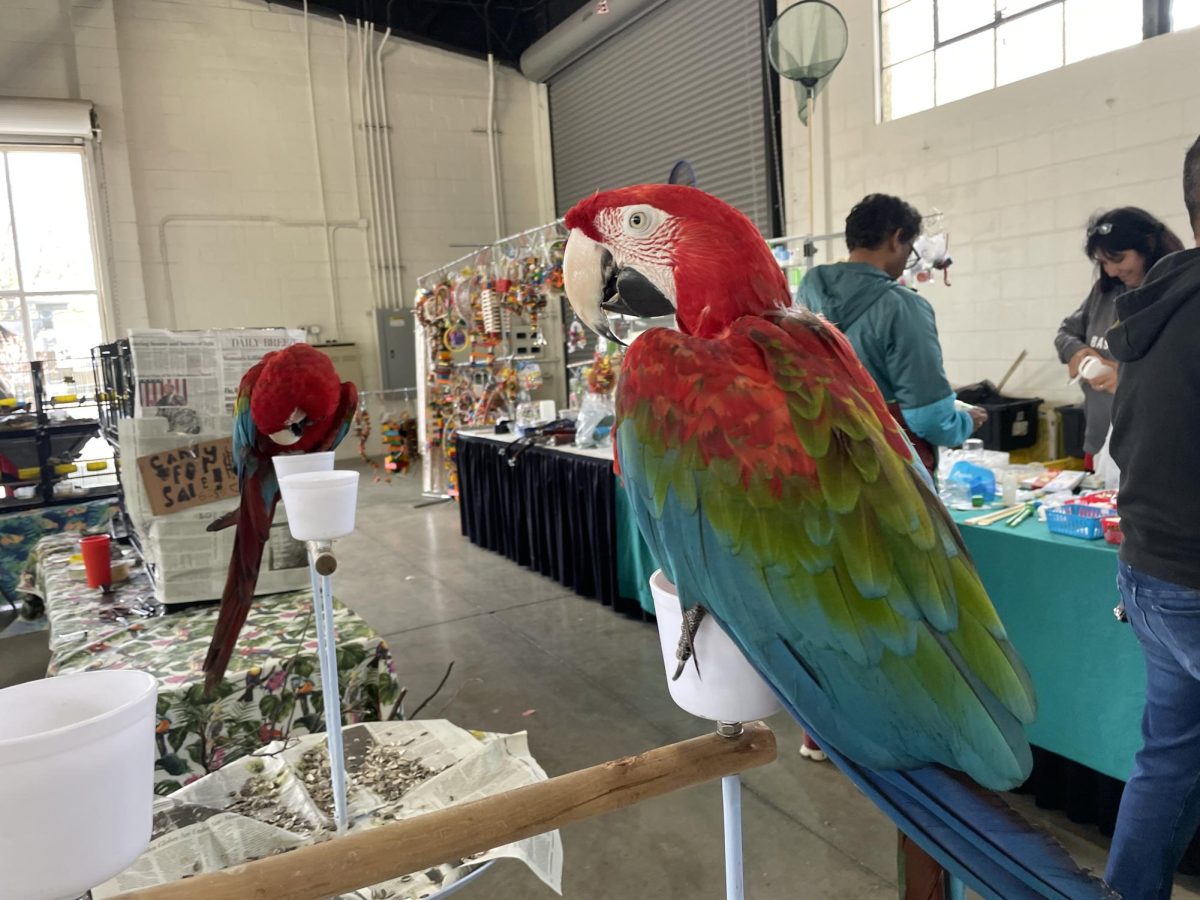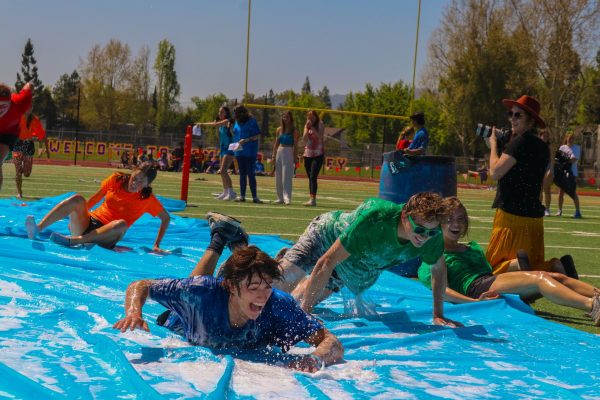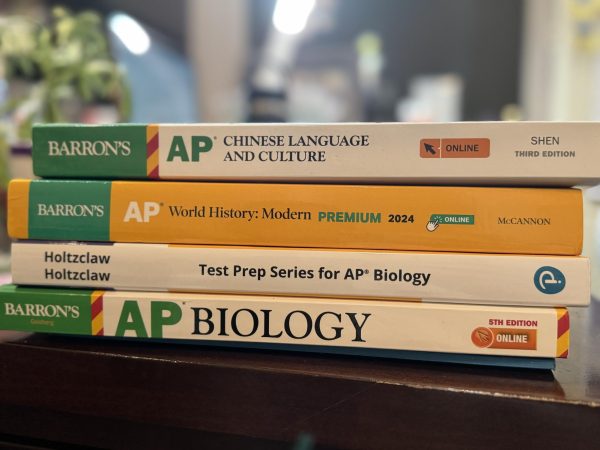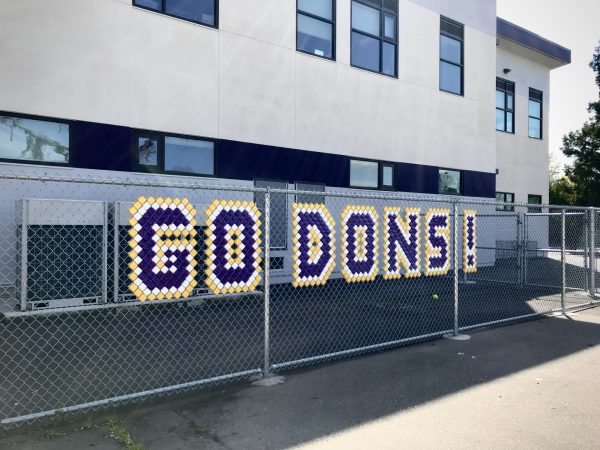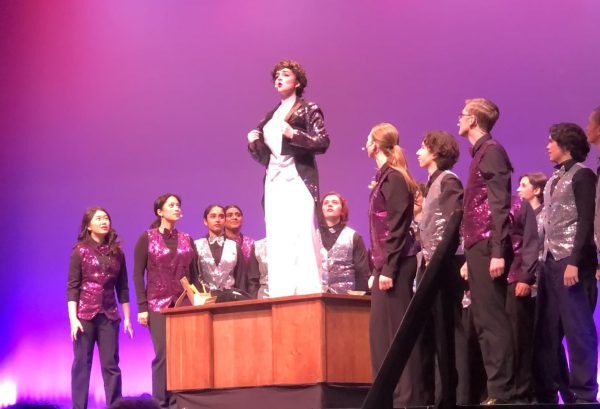How athletic injuries are treated at Amador
Athletic trainer Diana Hasenpflug tapes up a track athlete’s shin and evaluates for a further shin splint.
March 29, 2022
“Injuries are part of the game,” said many athletes like former NFL star Troy Vincent and NBA all-star Damian Lillard. Similar to the professionals, injuries are suffered and overcome on a daily basis in high school sports. Due to this, assessment and treatment plans must be created.
Some of the most common injuries that may occur in the shoulder are contusions or strains. Contusions can occur in any contact sport like lacrosse football while strains generally happen in sports dealing with overhead throwing like baseball.
“If a pitcher blew out their shoulder, I would first ask a bunch of questions, just to make sure it’s not a 911 emergency. Once I declare that it’s not, I would check their range of motion [that assesses] if they’ve torn or strained something pretty severely,” said athletic trainer Diana Hasenpflug.
Based on assessment, players would need to have a full range of motion, be pain free, and have practice before going back into a game. However, athletes aren’t recommended to rush back in if they’re not fully healed.
“Normally, we’ll stretch and warm them up. Treatment plans begin with ice [and] modality usage for the first 3-5 days,” said Hasenpflug.
After receiving Tommy John surgery, Varsity Pitcher Oliver de la Torre (‘23) has slowly continued treatment plans before progressing from stretching protocols to light throwing.
“I started with range of motion exercises. I’ve started to do dumbbell bench press and curls to strengthen the muscles around the elbow,” said de la Torre (‘23).
Lower body assessments are very similar to shoulder assessments, using HOPS: history, observation, palpation, and special tests. ACL or patellar tendinitis issues are common knee injuries in sports that require cuts or switching direction.
“If something’s torn that requires surgery, an ACL injury can take, on average, about 10 months [to fully recover]. We’ll go the first week of conservative ice therapy, and then do more modality usage. Isometric exercises can also build strength within a muscle without [using] weights,” said Hasenpflug.
Currently, shin splints in track are the most common leg injuries being reported. Mechanisms include the type of surface, foot formation, or footwear. Track athlete Daniel Beckley (‘23) has recently dealt with shin splints that slightly hindered his performance.
“I did some icing and stretching exercises at home, but I continued to run through it. It took about 1.5 months to fully recover,” said Beckley.
Injuries can be quickly assessed and treated by the medical team, but it’s always best to take precautions before playing to prevent injuries.
“I think the more that kids and athletes can prepare themselves from the beginning of the season, the less chance that they have of getting injured missing more of their season,” said Hasenpflug.

